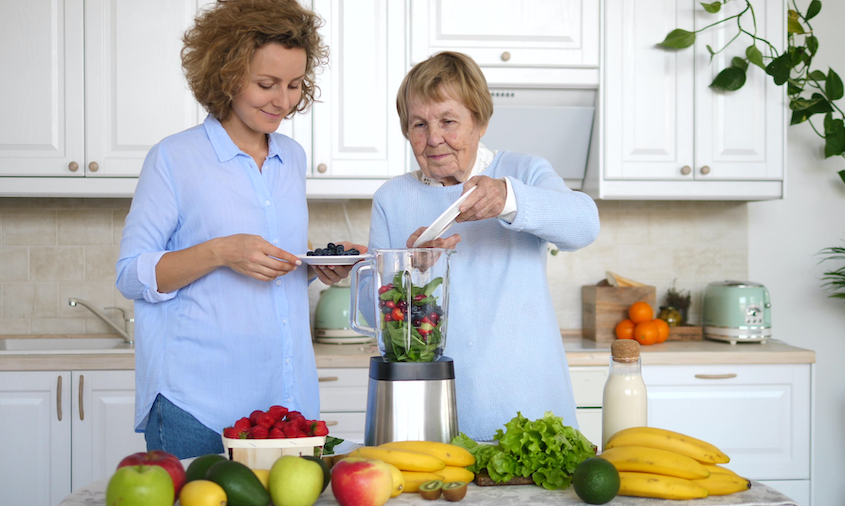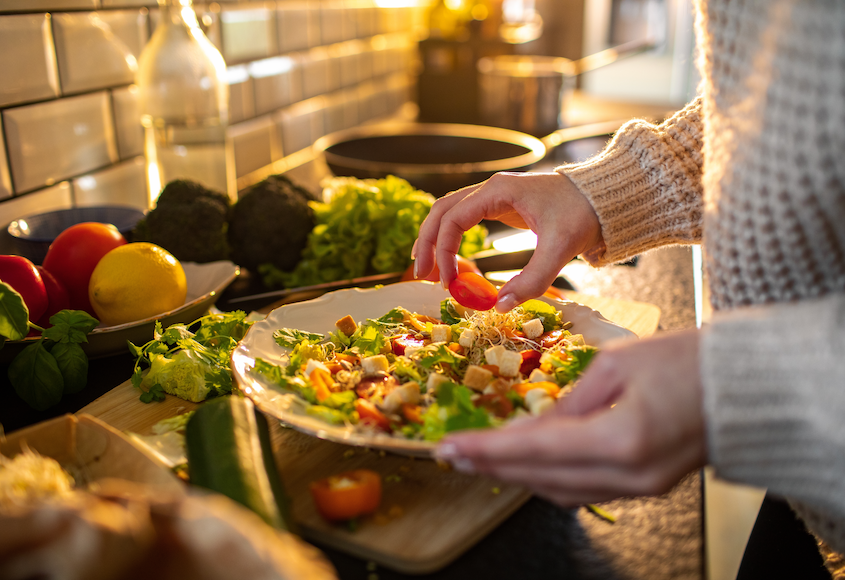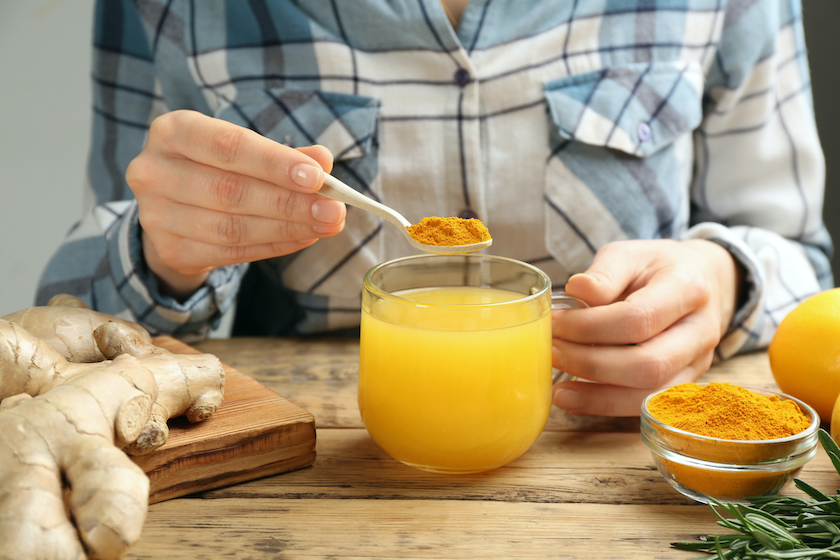Superfoods are not just ingredients; they are key drivers of health and vitality, especially for you as an older adult[1][2]. Integrating superfoods for seniors into your diet is vital for boosting wellness, enhancing cognitive function, and reducing the risk of chronic illnesses [1].
By prioritizing healthy food for seniors such as apples, blueberries, and salmon, you’re not only indulging in delicious tastes but also ensuring a balanced diet that promotes strong bones and heart health [2][3]. Read more






 Pexels
Pexels


